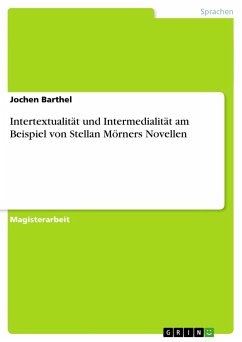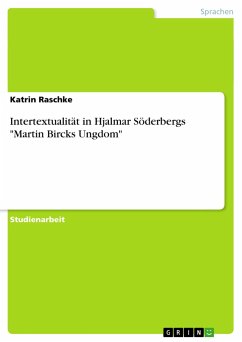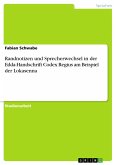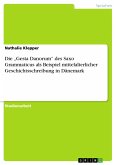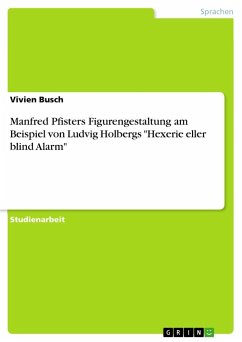Magisterarbeit aus dem Jahr 2008 im Fachbereich Skandinavistik, Note: 1,3, Humboldt-Universität zu Berlin (Nordeuropa-Institut), Sprache: Deutsch, Abstract: In the recent decades, aspects of intertextuality and intermediality have become of increasing interest to literary criticism and cultural studies. This has engendered a closer look at artists, whose works cover multiple disciplines or media, and refer to works from literature to visual arts. This for instance applies to the work of Stellan Mörner, who as a member of the Halmstad Group, has mainly been thought of as a painter so far. Though he is the author of two surrealistic novels. Both of them, Timmarna innan (1948) and Resa med flaggstång (1956), imply aspects of intertextuality and intermediality. This perfectly describes the main focus of the present thesis. Here, two analyses will try to answer the following question: What is the purpose for the surrealist Stellan Mörner in using intertextuality and intermediality in his novels and how does it help him develop his poetics? In this context it is important to point out that he distanced himself from Breton's approach of Automatic writing. In fact he adopted the Paranoiac-critical method Dalí exposed in his theories. Since the novels enclose autobiographical tendencies, Mörner establishes a relationship between his biography and his intertextual and intermedial works. Thus the assumption derives, that his poetics not only push the boundary of text and context, but also that of the artist's works and his biography.
Hinweis: Dieser Artikel kann nur an eine deutsche Lieferadresse ausgeliefert werden.
Hinweis: Dieser Artikel kann nur an eine deutsche Lieferadresse ausgeliefert werden.

